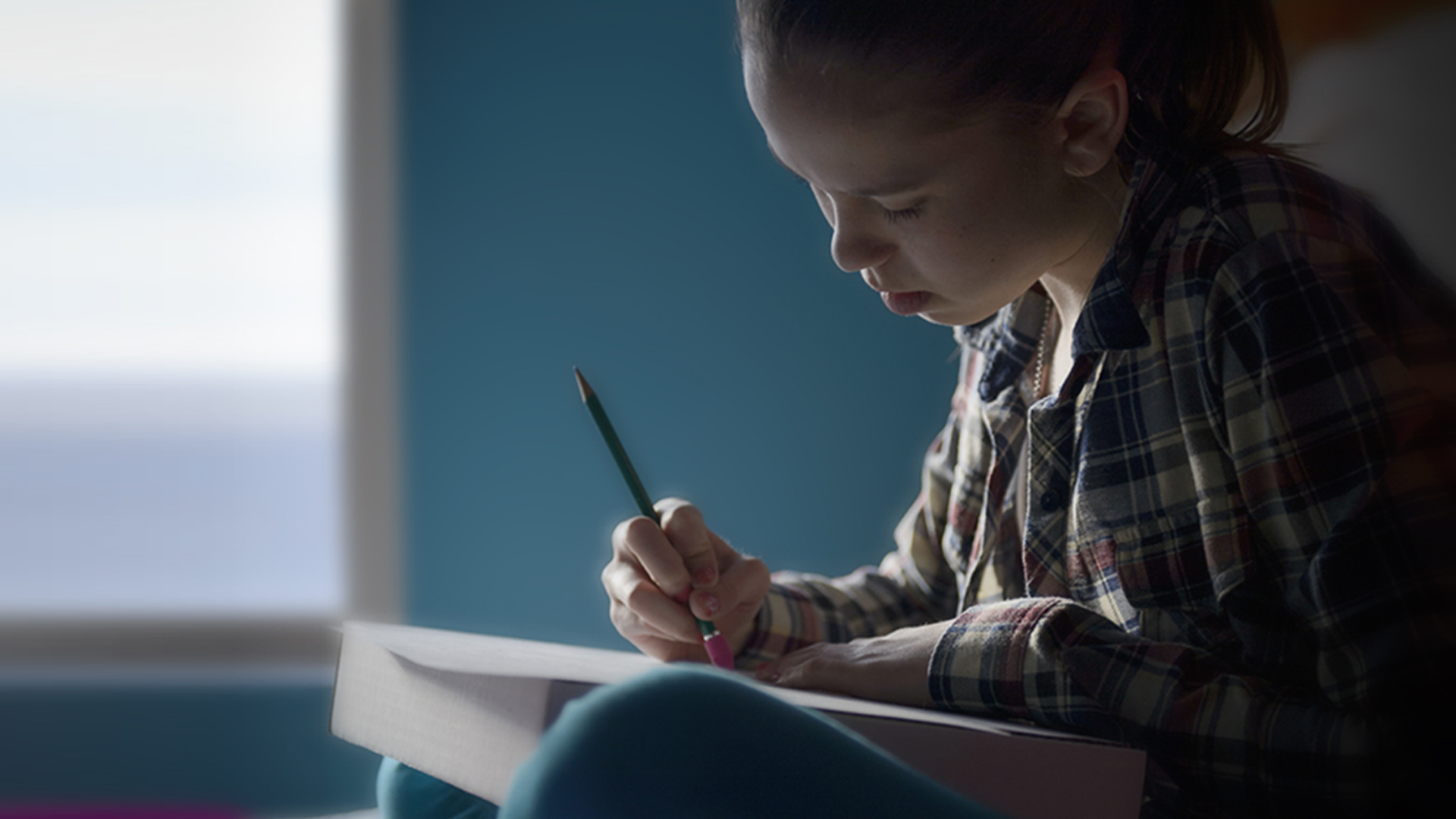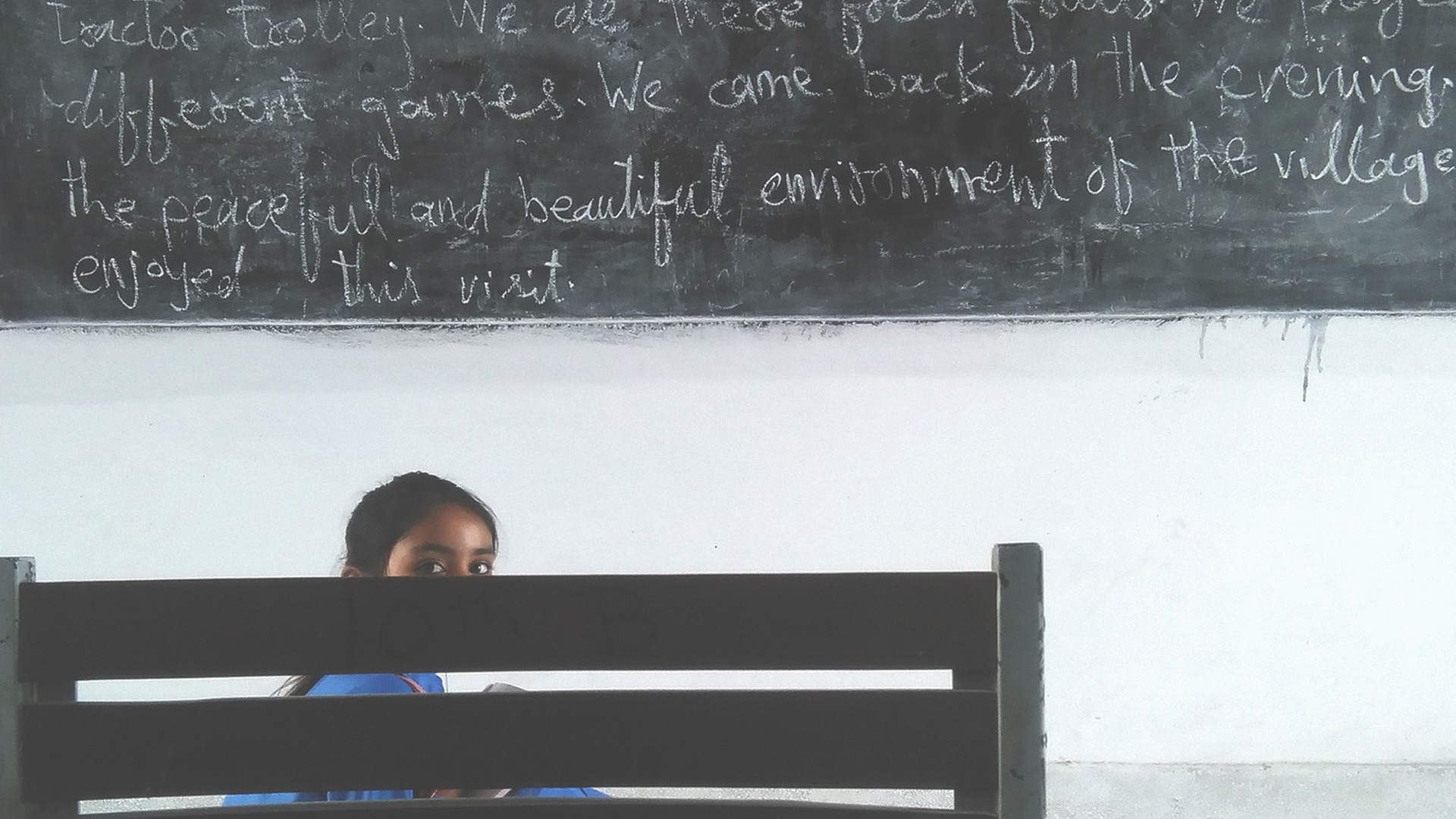
Why We Need to Make Space for Quiet Teachers
By Derek Walter
As the ice-cold applesauce poured over my head, I kept telling myself that it was for the kids. My humiliation was their gain. I would be the cool, hip teacher who was willing to embarrass himself instead of the stodgy taskmaster with high standards.
But after the completion of the all-school rally, in which several teachers and I agreed to be slimed with applesauce by students who met specific academic goals, I just felt sticky, gross, and humiliated. This is how I was going to inspire and encourage the next generation?
I know now that attempt to be cool and hip was utterly useless. My teaching and interactions with students were none the better for participating in such sophomoric stunts. In fact, for the students in my class, it was more startling than supportive, particularly for the quiet, thoughtful ones who had bonded with me because they had finally found a teacher to whom they could relate. I was a safe space—a teacher who wouldn’t constantly nag them to “be more social” or pair them up with the struggling students to push them through their work when the quiet ones had finished their own. They were happy to do well, participate when needed, and carry on with being good students; they felt comfort in having found a quiet role model in me. My departure from my quiet self shocked them.
A larger push for collaboration
Sadly, such quiet students and teachers won’t be left alone much longer. There’s a growing movement in education to turn teachers into performers and students into non-stop collaborators. This is the effect of the Extrovert Ideal. Teachers are increasingly expected to be not just knowledgeable about content and good at the art and science of teaching but also outgoing and exciting on stage. It’s the Ron Clark method run amok: in meeting after meeting, I’d constantly hear the need to excite students with learning. Unfortunately, that meant entertaining them, which doesn’t always go hand in hand with appealing to their intellect.
Every couple of weeks a YouTube video goes viral of a teacher dancing with their class or performing a hip hop routine, which is supposed to show how well the students learned the content and bonded with their teacher. The problem is that sometimes learning isn’t that exciting. You may not have enjoyed grammar rules or algebraic problem solving, but for such disciplines, persistent focus is good for the mind. Deliberate practice and the road to mastery can be thrilling, but not for the entertainment value.
Oftentimes, the best teachers are exactly the opposite of those dancers above. Think of the patient but firm and knowledgeable sage who may have guided you to a breakthrough when you were interpreting the events of history, struggling to understand a challenging piece of literature, or trying to interpret data in the lab. And even if you’re an extrovert, you may have come to value that time alone to think through a problem. As has been noted, the best and most innovative thinking often comes to us when we are alone.
A tough road for quiet students
The outlook isn’t bleak just for quiet teachers. Introverted students are pushed more and more towards group work and collaboration throughout the school day. Movements like the flipped classroom and blended learning encourage students to constantly find a solution together. Group writing, problem solving, and presentations are the future. Yes, these play a part in the world of work. However, such demands will leave our quiet students exhausted by the end of the day. And quiet teachers will be forced to facilitate a nonstop parade where no one will learn the ability to take time to reflect.
This is unfortunate because introverts bring a lot of good to the teaching profession: we value deep and meaningful conversations and content. Tackling a complex math problem after patiently and silently assessing the problem yourself causes the learning to stick far more than chatting with a partner about what methods to employ. And everyone has been in that group where a couple of people struggle through the work while trying to wrangle the others to stay on task. Introvert teachers cherish taking and granting quiet time to think—something that students are being robbed of in the push for working with groups and partners. Worst of all, quiet students face little autonomy as more lessons are designed to elevate the Extrovert Experience. Parents of quiet children may have to watch out for social burnout or even consider a different placement if things become too overwhelming.
What are quiet teachers to do?
Whether teacher or student, an introvert finds it tough enough to be in today’s classroom. Even when you value your students, want the best for them, and have structured your classroom to include both quiet and group activities, there’s a small relief at sending them off at the end of the day. But if everything moves to a model that requires a teacher to be on stage and pushing conversation all the time, the job may be untenable for those with a quiet temperament.
Quiet teachers will have to find ways to carve out time for themselves when they can even if it means declining lunch invites or using that rare prep time to reflect on their practices. If it comes down to it, have a ready-made list of alternative obligations in your mind to ensure you get the quiet time you need: you may need to catch up on grading, plan for a parent conference, or finish up an independent study packet for a student about to go on vacation. In a profession where being social is a significant part of the day, you have to allow yourself moments to catch your breath. There’s also value in just being upfront with those with whom you work: people can be surprisingly understanding if you tell them that you just need a little time alone to recharge.
Yet, there’s also value in seeking out fellow introverted teachers as a way to build camaraderie and generate new ideas. Additionally, a tiny drop of rebellion is sometimes a good thing: bucking the extrovert trend by building in reflective time for students will not only benefit the introverts in class but provide some needed thinking time for everyone.
Extroverts certainly deserve the ability to interact with one another and engage in collaborative efforts during the school day. It’s not that this shouldn’t be a component of education. It’s just the scale is tipping profoundly in one direction. Forcing introverted kids and teachers to live as extroverts throughout the day would be the equivalent of asking all the extroverts to take a vow of silence. Finding the right balance and meeting everyone’s needs is the right approach, which is what education is supposed to be about.











